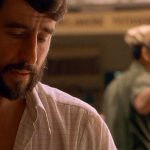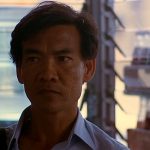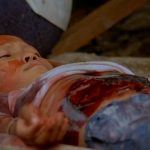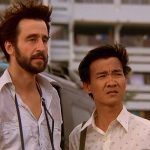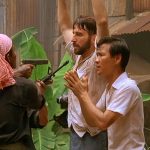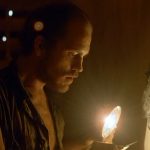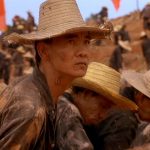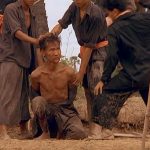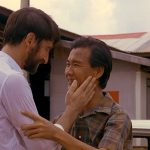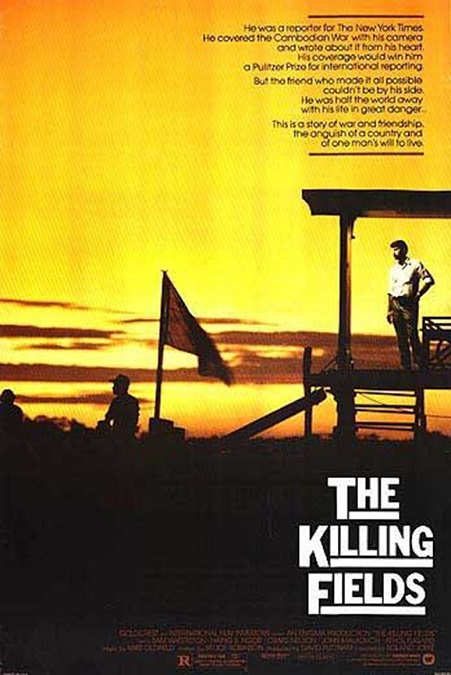
The Killing Fields – 1984
This was a good movie that dealt with a very difficult historical event. We all know about the war in Vietnam, but what I didn’t know, and what many young people today don’t know, was that the war spilled over into its neighboring country, Cambodia. But I didn’t know anything about the premise of the Cambodian Civil War before watching the film. Obviously, there was incredible political unrest, but even after watching the movie, I wasn’t really sure why. Who were the different factions involved? Why were so many people killed? Who was doing the killing?
For answers, I had to go to Wikipedia, which I will paraphrase, to set up the plot of the film. It all had to do with a group called the Khmer Rouge. “The Khmer Rouge were the followers of the Communist Party of Kampuchea in Cambodia. It was an offshoot of the Vietnam People’s Army, allied with North Vietnam and the Viet Cong during the Vietnam War against the anti-communist forces. They are mostly remembered for orchestrating the Cambodian genocide, which resulted from the enforcement of its social engineering policies. Its attempts at agricultural reform led to widespread famine, while its insistence on absolute self-sufficiency, even in the supply of medicine, led to the death of thousands from treatable diseases such as malaria. Arbitrary executions and torture carried out by its cadres against perceived subversive elements are considered to have constituted genocide.”
You really need to know those things before watching this movie. The overall message of the movie was overwhelming, and a little heavy-handed. War is bad, but this one was especially bad. The filmmakers took several opportunities to show us bloody, injured children. They took us down to the depths of human cruelty and senseless violence. They even ended the movie playing John Lennon’s song Imagine, one of the most famous anti-war songs ever recorded.
The movie followed Sam Waterston playing the part of Sydney Schanberg, a journalist covering the civil war in Cambodia, a place and a people he had come to love. His close friend, Cambodian journalist, Dith Pran, played by Dr. Haing S. Ngor, acted as his guide and interpreter. The two men were passionate about their work, believing that they were making a difference in that part of the world. They face incredible hardships and go through situations where they could very easily been killed or murdered, giving them a tight bond through shared difficulties.
They work with photographers Al Rockoff, played by John Malkovich, and Jon Swain, played by Julian Sands. After one dangerous situation after another in which execution by the Khmer Rouge is a very real possibility, the four end up in the French Embassy in Phnom Penh, the Cambodian Capital. Dith is taken captive by the Khmer Rouge. He must feign ignorance and pretend to be an uneducated farmer to avoid execution. He is sent, along with millions of his countrymen, to a forced labor camp, while Shanberg and his American compatriots return to the United States. The last third of the film is about Dith’s torture and degradation in the camp, and his eventual escape to Thailand.
It was, at times, a difficult film to watch, but it was educational, and incredibly well-acted. Dr. Ngor, who had never acted before in his life, won the Academy Award for Best Supporting Actor, and I think he deserved it. He was wonderful, and incredibly real and convincing. He was later quoted as saying, “I wanted to show the world how deep starvation is in Cambodia, how many people die under Communist regime. My heart is satisfied. I have done something perfect.”
I also have to make mention of the film’s beautiful cinematography, for which it won an Oscar, and its incredibly appropriate soundtrack. The music was chaotic and jarring, perfectly giving the action a dangerous feel. It did a great job of heightening the tension in an already intense movie.
And just as a quick but important note, I want to explain where the film gets its name from. The Killing Fields are sites in Cambodia where collectively more than a million people were killed and buried by the Khmer Rouge regime during its rule of the country. At one point during his escape, Dith has to walk over the corpses of the victims in a mass grave. It is a horrifying scene that really drove home the film’s message without holding anything back. War is bad, but this one was especially bad.
